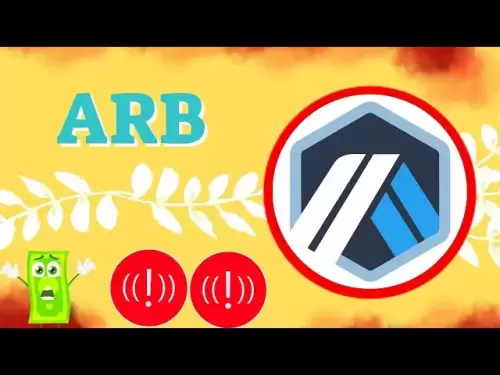-
 Bitcoin
Bitcoin $116700
0.13% -
 Ethereum
Ethereum $4229
5.18% -
 XRP
XRP $3.290
0.28% -
 Tether USDt
Tether USDt $1.000
0.01% -
 BNB
BNB $804.4
1.46% -
 Solana
Solana $181.3
1.92% -
 USDC
USDC $1.000
0.02% -
 Dogecoin
Dogecoin $0.2453
8.11% -
 TRON
TRON $0.3359
-0.82% -
 Cardano
Cardano $0.8187
2.71% -
 Hyperliquid
Hyperliquid $43.56
6.46% -
 Chainlink
Chainlink $21.22
9.48% -
 Stellar
Stellar $0.4533
0.95% -
 Sui
Sui $3.948
2.90% -
 Bitcoin Cash
Bitcoin Cash $571.0
-2.75% -
 Hedera
Hedera $0.2657
1.33% -
 Avalanche
Avalanche $24.32
2.80% -
 Ethena USDe
Ethena USDe $1.001
0.02% -
 Litecoin
Litecoin $122.2
-0.70% -
 Toncoin
Toncoin $3.440
1.95% -
 UNUS SED LEO
UNUS SED LEO $8.978
-0.09% -
 Shiba Inu
Shiba Inu $0.00001385
5.32% -
 Uniswap
Uniswap $10.94
0.24% -
 Polkadot
Polkadot $4.116
3.88% -
 Dai
Dai $1.000
0.00% -
 Pepe
Pepe $0.00001233
5.82% -
 Bitget Token
Bitget Token $4.511
0.53% -
 Cronos
Cronos $0.1572
2.50% -
 Monero
Monero $272.0
-1.82% -
 Ethena
Ethena $0.7563
17.60%
What may be the problem of Bybit's stop profit and stop loss function failure?
Bybit's stop-loss and take-profit orders can fail due to high volatility, network issues, and insufficient funds; use limit orders and monitor positions to mitigate risks.
Mar 26, 2025 at 09:07 pm
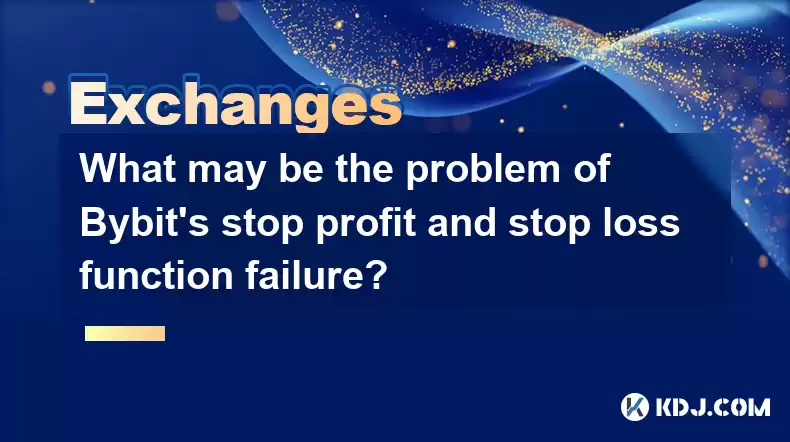
Bybit, like other cryptocurrency exchanges, offers stop-loss and take-profit orders to help users manage risk and secure profits. However, these features aren't foolproof, and failures can occur, leading to significant losses. Understanding the potential causes is crucial for mitigating such risks.
Potential Causes of Bybit Stop-Loss and Take-Profit Order Failures
Several factors can contribute to the malfunction of Bybit's stop-loss and take-profit orders. These range from technical glitches to market conditions exceeding the order's capabilities. Let's explore some of the most common reasons.
1. High Volatility and Slippage:
High market volatility is a primary culprit. When prices fluctuate rapidly, the order might not execute at the precise stop price. Slippage, the difference between the expected execution price and the actual execution price, is amplified during volatile periods. This can result in significantly worse outcomes than anticipated, potentially triggering a stop-loss at a much lower price than intended or failing to capture a take-profit at the desired high.
2. Network Congestion and Latency:
Network issues can significantly impact order execution. High network latency or congestion can delay the order's transmission to Bybit's servers. If the price moves significantly during this delay, the order may not be executed at the intended price or might even fail entirely. This is especially problematic during periods of high trading volume.
3. Order Type and Settings:
The type of stop-loss or take-profit order used can also affect its success. Market orders execute immediately at the best available price, which can be significantly different from the intended price during high volatility. Limit orders, on the other hand, only execute at the specified price or better, but might not execute at all if the price doesn't reach that level. Incorrectly setting the order type or price can lead to failure.
4. Insufficient Funds or Margin:
For leveraged trading, insufficient funds in the margin account can cause stop-loss orders to fail. If the margin requirement exceeds available funds due to price movements, the order might be liquidated at a less favorable price than intended or not executed at all. Careful management of margin levels is crucial.
5. Exchange-Side Issues:
While less common, technical issues on Bybit's platform itself can lead to order failures. System outages, software bugs, or server malfunctions can temporarily disrupt order execution. Staying informed about any reported platform issues is advisable.
6. Flash Crashes and Market Manipulation:
Extreme market events like flash crashes can overwhelm the system and cause stop-loss orders to fail. These events involve rapid and dramatic price drops, often due to algorithmic trading or market manipulation. Such events are difficult to predict and protect against completely.
7. Order Book Depth and Liquidity:
The depth and liquidity of the order book can influence the execution of stop-loss and take-profit orders. In illiquid markets, there may not be enough buyers or sellers at the desired price to fill the order, leading to slippage or non-execution.
Mitigation Strategies
- Use limit orders instead of market orders: Limit orders offer more control over the execution price, reducing the risk of slippage.
- Set wider stop-loss and take-profit levels: Giving the order more leeway reduces the chance of it being triggered prematurely due to minor price fluctuations.
- Monitor your positions closely: Active monitoring allows for timely intervention if the market moves unexpectedly.
- Avoid trading during periods of high volatility: Trading during calmer market conditions minimizes the risk of slippage and order failures.
- Ensure sufficient margin: Maintain ample funds in your margin account to prevent liquidation due to unexpected price movements.
- Use trailing stop-loss orders: Trailing stop-loss orders adjust automatically as the price moves in your favor, locking in profits while minimizing losses.
- Diversify your portfolio: Don't put all your eggs in one basket. Spreading your investments reduces the impact of any single trade going wrong.
- Stay informed about Bybit's system status: Monitor Bybit's announcements for any reported outages or technical issues.
Frequently Asked Questions
Q: What should I do if my stop-loss order fails on Bybit?
A: Immediately contact Bybit's customer support to report the issue. Provide them with all relevant order details, including timestamps and order IDs.
Q: Are there any guarantees that stop-loss and take-profit orders will always execute as intended?
A: No, there are no guarantees. Market conditions and technical issues can always affect order execution.
Q: How can I minimize the risk of slippage?
A: Use limit orders, set wider stop-loss and take-profit levels, and avoid trading during periods of high volatility.
Q: What is the difference between a market order and a limit order?
A: A market order executes immediately at the best available price, while a limit order executes only at the specified price or better.
Q: What is a trailing stop-loss order?
A: A trailing stop-loss order automatically adjusts as the price moves in your favor, locking in profits while minimizing losses.
Disclaimer:info@kdj.com
The information provided is not trading advice. kdj.com does not assume any responsibility for any investments made based on the information provided in this article. Cryptocurrencies are highly volatile and it is highly recommended that you invest with caution after thorough research!
If you believe that the content used on this website infringes your copyright, please contact us immediately (info@kdj.com) and we will delete it promptly.
- Trump, Crypto Vehicle, and WLFI Tokens: A New York Minute on the Latest Buzz
- 2025-08-10 00:30:12
- Wheat Penny Fortune: Unearthing Valuable Coins in Your Pocket Change
- 2025-08-10 00:35:19
- Dogecoin, PENGU, and Remittix: A New York Minute in Crypto
- 2025-08-10 01:10:12
- Ozark AI: Investment Opportunities and Analyst Projections for 2025
- 2025-08-10 01:15:17
- Cryptocurrencies 2025: Top Buys and Market Predictions
- 2025-08-10 01:20:12
- Pendle's Price Jump: Riding the Wave of Market Sentiment
- 2025-08-10 01:25:11
Related knowledge
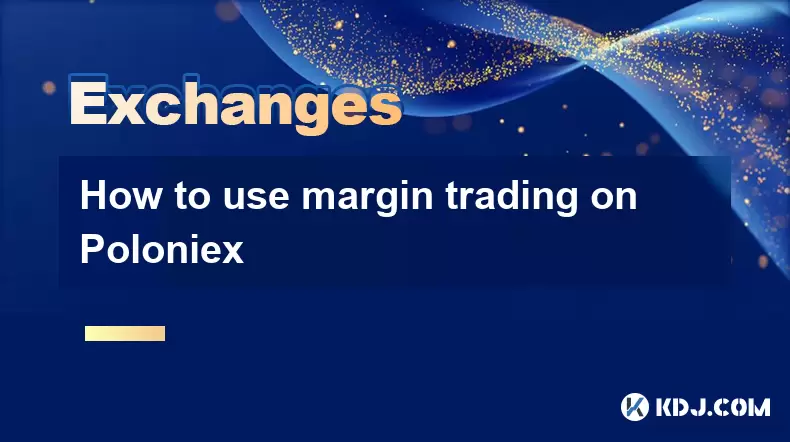
How to use margin trading on Poloniex
Aug 08,2025 at 09:50am
Understanding Margin Trading on Poloniex
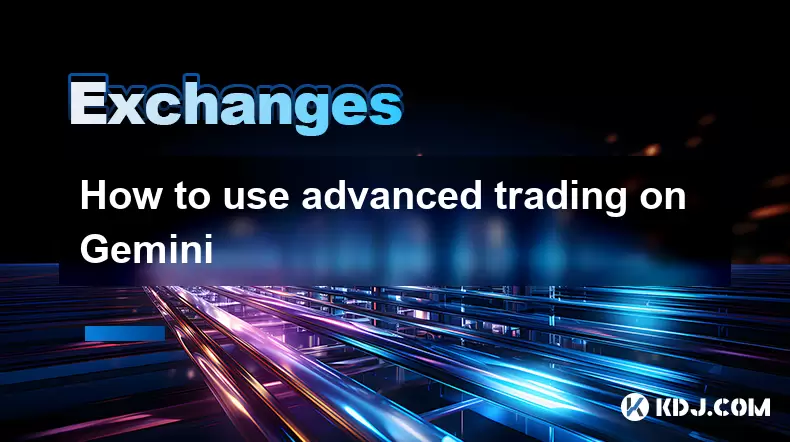
How to use advanced trading on Gemini
Aug 08,2025 at 04:07am
Understanding Advanced Trading on GeminiAdvanced trading on Gemini refers to a suite of tools and order types designed for experienced traders who wan...
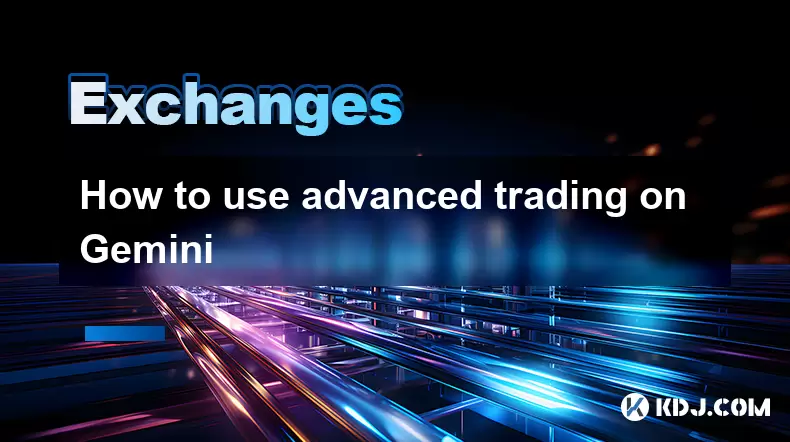
How to use advanced trading on Gemini
Aug 08,2025 at 10:56pm
Understanding Advanced Trading on GeminiAdvanced trading on Gemini refers to the suite of tools and order types available on the Gemini ActiveTrader p...
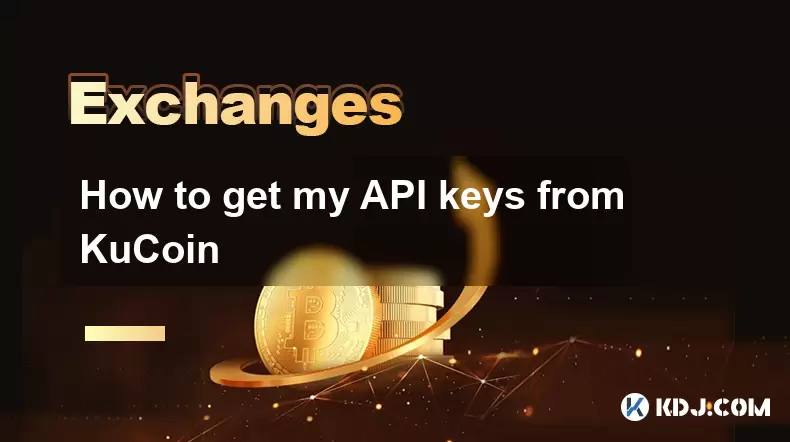
How to get my API keys from KuCoin
Aug 08,2025 at 06:50pm
Understanding API Keys on KuCoinAPI keys are essential tools for users who want to interact with KuCoin's trading platform programmatically. These key...
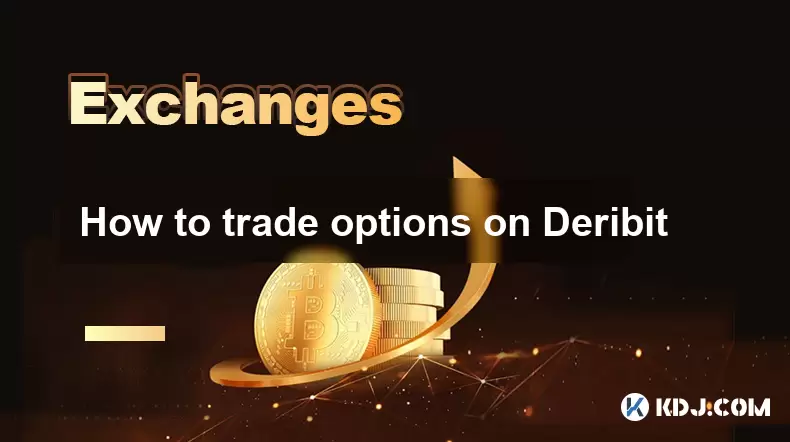
How to trade options on Deribit
Aug 09,2025 at 01:42am
Understanding Deribit and Its Options MarketDeribit is a leading cryptocurrency derivatives exchange that specializes in Bitcoin (BTC) and Ethereum (E...
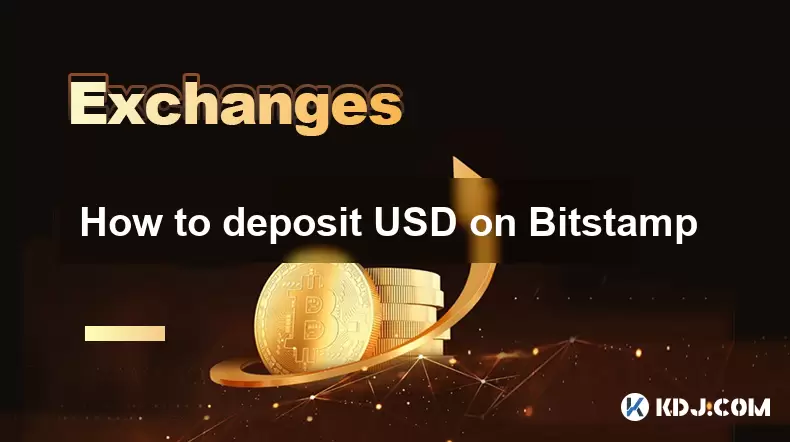
How to deposit USD on Bitstamp
Aug 07,2025 at 05:18pm
Understanding Bitstamp and USD DepositsBitstamp is one of the longest-standing cryptocurrency exchanges in the industry, offering users the ability to...

How to use margin trading on Poloniex
Aug 08,2025 at 09:50am
Understanding Margin Trading on Poloniex

How to use advanced trading on Gemini
Aug 08,2025 at 04:07am
Understanding Advanced Trading on GeminiAdvanced trading on Gemini refers to a suite of tools and order types designed for experienced traders who wan...

How to use advanced trading on Gemini
Aug 08,2025 at 10:56pm
Understanding Advanced Trading on GeminiAdvanced trading on Gemini refers to the suite of tools and order types available on the Gemini ActiveTrader p...

How to get my API keys from KuCoin
Aug 08,2025 at 06:50pm
Understanding API Keys on KuCoinAPI keys are essential tools for users who want to interact with KuCoin's trading platform programmatically. These key...

How to trade options on Deribit
Aug 09,2025 at 01:42am
Understanding Deribit and Its Options MarketDeribit is a leading cryptocurrency derivatives exchange that specializes in Bitcoin (BTC) and Ethereum (E...

How to deposit USD on Bitstamp
Aug 07,2025 at 05:18pm
Understanding Bitstamp and USD DepositsBitstamp is one of the longest-standing cryptocurrency exchanges in the industry, offering users the ability to...
See all articles





















